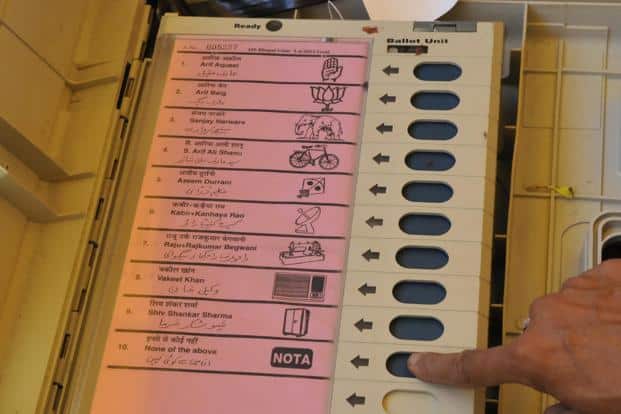
The working arrangements and conduct of business reflect this division. However, in many respects the functioning of the House is based on the relationship between government and opposition-that is, the opposing political parties. Political parties are not formally recognised in the standing orders of the House. The extra-parliamentary or organisational wings of the political parties have no role in the formal parliamentary structure and workings of the Parliament. Parliamentary activity involves the parliamentary wings of the political parties-that is, the elected representatives. Parties and the operation of the House of Representatives Formed from Nationalist Party, Australian Party (former Nationalists) and elements of the Labor Party. Formed from merger of the National Labor Party and Commonwealth Liberal Party National Labor Party, November 1916–February 1917.Formed from Anti-Socialist Party and elements of the Protectionist Party (also called ‘the Fusion’) Formed first federal government with Labor Party support Other parties which have formed government: In recent Parliaments there have been up to six independent Members elected or Members of minor parties elected. Most Parliaments since 1996 have also had a Member from the Northern Territory based Country Liberal Party however this party has been part of the Liberal–Nationals coalition. Centre Alliance, formerly Nick Xenophon Team – from 2016 (one Member).Palmer United Party – 2013 (one Member).Katter’s Australia Party – from 2013 (one former independent Member).Nationals (Western Australia) – 2010 (one Member).Australian Greens – 2002 (one Member), and from 2010 (one Member).One Nation – 1997 (one former independent Member).Australian Labour Party (Anti-Communist) – 1955 (seven former members of the Australian Labor Party).Since the general election in 1949 the other parties represented in the House have been: Since the general election of 1949, the Liberal Party and the Nationals (under various names) when forming government have done so as a coalition. However, Liberal National Party candidates elected to the Federal Parliament have continued to sit as Liberals or Nationals.

In 2008 the Queensland branches of the Liberal Party and the Nationals merged to form the Liberal National Party of Queensland. The Country Party was formed in 1920, renamed the National Country Party in 1975, the National Party of Australia in 1982, and since 2003 has been known as the Nationals. The present Liberal Party was formed in 1944. The Labor Party is Australia’s oldest political party, established federally in 1901.

There are three main parties represented in the House of Representatives-the Australian Labor Party, the Liberal Party of Australia, and the Nationals. The main political parties in the House of Representatives Since 1910, Australia has generally had majority governments under which either the Australian Labor Party or a coalition of non-Labor parties has held office. A minority government can be formed when a party or coalition, which does not have a majority of seats in its own right, is able to achieve a majority on the floor of the House with support from independent Members or minor parties.īetween 19 allegiances to party were more fluid than they would later become governments were minority governments and were made and unmade on the floor of the House. Each parliamentary party (that is, all Members and Senators of the party) elects its own leader-the leaders of the government and opposition parties become the Prime Minister and Leader of the Opposition, respectively.Ī hung Parliament is said to exist when no single party or coalition of parties has a majority of seats in the House of Representatives. The party (or coalition of parties) with the greatest number of non-government Members in the House forms the official opposition.


The party (or coalition of parties) which has the support of the majority of Members of the House forms the government. While the Members of the House of Representatives are individually elected to represent constituents within each electoral division, in most cases Members belong to and support a political party. Australia’s system of government is based on the existence of political parties.


 0 kommentar(er)
0 kommentar(er)
